Vantage Consulting
he winning strategy for construction companies is attracting, building, and retaining ideal employees. Leaders who do this will be able to staff and complete projects. Those who don’t, won’t—or at least not at the same level.
Staffing shortages are widespread across most industries. The smart construction leader should prepare for staffing to remain a challenge throughout our lifetimes.
Why is this?
Low birth rates: The primary driver is that Baby Boomers (people in their 60s and 70s) had fewer children (Gen X, now aged mid-40s to 50s) than previous generations. Following Gen X, birth rates grew slightly. Then, with the Great Recession in 2008 came another—and so far, sustained—drop in births. The US birth rate is below the replacement rate. Annually, more people die than are born.
Silver Tsunami: The second driver is retirement. Baby Boomers currently account for about 25 percent of the workforce. They fill the majority of senior leadership, management, and skilled positions. However, they are retiring en masse at a rate of 10,000 a day, or nearly 3.7 million a year, according to Pew Research and the Social Security Administration. Some will reenter the workforce for a short time, but not many, and not for long. Then, consider that the retirement rate matches the birth rate (roughly 3.7 million children were born in 2021, according to the US Centers for Disease Control and Prevention report, Births: Final Data for 2021).
Air bubble in the trade pipeline: Finally, there is a lack of trained people. With the 2008 housing market crash, there was a contraction in the building market. This sharply reduced the available jobs in construction. That led to a de-emphasis on the trades in most educational systems. The result? A proportionally smaller percentage of people are in the trades. So, out of an already restricted number of available people, even fewer chose the trades.
ABC Construction is struggling with, and frustrated about, staffing. They insist they’ve tried everything. It’s a problem of “kids these days.” The company is afraid to pursue too many projects. The team is overwhelmed, and it’s too difficult to find staff.
Their competition, XYZ Construction, is fully staffed. XYZ has insightful leadership. Company leaders built a robust and attractive culture. They actively work at nurturing both leadership and culture. They are preparing for and optimistic about growth.
XYZ Construction is a Magnetic Organization, and ABC Construction isn’t. XYZ became a Magnetic Organization that naturally attracts and retains the best people. Not only can they staff up, but they have more than their fair share of high performers. It’s a double win.
These two companies will no longer be competitive within a year or two. XYZ will win the staffing game —because they were the only ones playing it.
- Income or benefits: 64 percent of employees consider this very important when deciding to accept a new job offer, highlighting a rise in priority of pay and benefits since 2015. Compensation primarily matters when helping an ideal employee choose between options.
- Assuming you stay competitive, it doesn’t matter as much for retention of ideal employees. Be competitive. Cash compensation only matters so much. Other benefits—like time off, training opportunities, and access to unique experiences or opportunities—are often more attractive and underleveraged.
- Greater work-life balance and better personal wellbeing: 61 percent of employees value this, indicating a notable increase in importance, partly due to the rise in remote work and the awareness of job flexibility options. The job still needs to get done. The good news is that better personal well-being can be leveraged into higher productivity. As a rule, my clients learn to work less and accomplish more. The construction industry has an unhelpful and inaccurate tendency to equate hours worked with productivity.
- Opportunity to do what they do best: 58 percent of employees seek jobs where they can use their strengths, seeking stimulating and enjoyable work. Talk to employees about their aspirations and interests. This can be a competitive edge for smaller companies because they can often better connect employees to their interests and passions than large firms.
- Stability and job security: 53 percent of employees seek jobs that offer more stability and security, a need that has remained constant over time. Robust business development practices and maintaining strong backlogs and diversity in your project portfolio create stability and fuel growth generally.
- Purpose and development: Employees seek purpose and meaning from their work and opportunities for growth and development. Find ways to create both.
- Healthy relationship with management: A manager who shows care and supports their team members is crucial for maintaining high levels of employee engagement. People have options and will leave places where they don’t feel valued or respected.
- Healthy relationships with coworkers: Most workers spend more time with their colleagues than with their family. Cultivating healthy teams and cultures characterized by respect creates bonds that people don’t want to leave.
- Good communication: Regular, meaningful conversations between employees and managers about performance, expectations, and development opportunities help keep employees engaged.
The future of construction lies in becoming a Magnetic Organization. By prioritizing the needs and motivations of high-performing employees, companies can differentiate themselves in a competitive market.
This strategy ensures not just survival but a thriving future. The key to overcoming the staffing crisis lies in intentional, innovative leadership that values and invests in its workforce.
